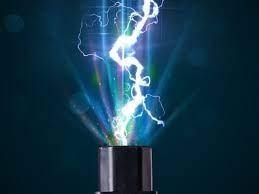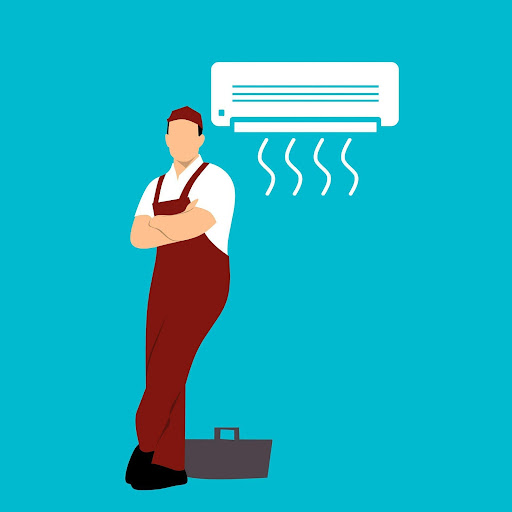Electricity is one of the most used and useful modern inventions made to date. It’s the bedrock that runs almost everything in your home. Given the importance of electricity, it’s important that we all have an uninterrupted and reliable supply of it at all times.
So, what exactly is a power surge? A power surge is exactly what its name suggests: a surge of electrical power that is much higher than a normal level of voltage. Typical voltage levels for household electronics and appliances are between 110 volts to 220 volts in the majority of countries around the world.
When a significant level of voltage above 220 volts passes through wires into your devices, this is known as a power surge. Power surges can be both small and large, which leads to reduced performance of your appliances and electronics, or possibly damaging devices that were plugged in during the surge.
The sudden spike in voltage causes a power surge that could easily damage your electrical appliances and devices. When this voltage is above normal capacity, it has the ability to cause an arc of electrical current, alongside associated heat further posing a larger risk to electrical components.
Even the smallest power surge can cause damage if they were happening too frequently. This could be one of the biggest reasons that your electrical appliance and devices have stopped working for no apparent reason.
Join us as we share everything you need to know about power surges, why they happen, and how you can prevent them.
How Do Power Surges Happen?
There are three main ways in which power surges happen: when an increased slow of power is being interrupted as it flows back into your electrical system; when the flow of electricity is interrupted; or when there’s a sudden rise in voltage going through your power system from both internal and external forces.
Power surges can easily range from as small as one volt to a maximum of 169 volts to almost thousands of excess volts. A good example is when lightning strikes a transformer or power line.
So, what exactly causes a power surge? Well, there are many possible causes for power surges. Here are the most common reasons for a power surge.
Electrical Overload
Electrical overload happens when there’s too much electrical power being drawn from one circuit. This usually happens from overusing external cords or when too many devices are plugged into the same circuit
Power surges are common when there are electrical overloads, as they overwhelm single circuits as it’s more common for them to receive massive voltage spiked when an excess amount of power is being drawn.
Damaged Wiring
Damaged wiring is another internal cause of power surges, which usually occur with exposed or damaged electrical wires. It might not be easy to spot faulty wiring, especially if they are somewhere behind your walls.
That said, there are some signs that indicate the presence of faulty wiring. These signs consist of a burning smell coming from outlets or wiring, burn marks, outlets making buzzing sounds, and frequent tripping of circuit breakers.
If you were to see these signs, immediately unplug all connected devices and turn off electricity to the outlets if possible. In fact, it’s highly recommended to contact a certified electrician to come by and examine your faulty wiring.
Lighting Strike
As a matter of fact, lighting strikes rarely cause damage to your appliances through direct exposure. However, it still has the ability to wreak havoc by simply triggering a power surge to occur.
Lighting damage often happens when there a direct strike on your power lines, which produces a sudden voltage spike on a larger level. Now when this happens, your electrical systems accept the excessive current with no possible option left.
This creates a large amount of spike on collage, which causes a significant power surge. You should immediately unplug any devices that have no surge protection during harsh weather conditions.
How Can Power Surges Be Prevented?
There are many ways to prevent internal power surges, and also prevent damage from external power surges. You can prevent internal surges by not overloaded your circuits. For instance, large appliances should never share a single socket with your other appliances, and make sure your wiring isn’t faulty.
While we all know that external surges are mostly unavoidable, they can still be prevented from causing damage by simply unplugging your appliances and devices during severe storms. Moreover, you can also invest in surge protectors or whole-house surge protection to make sure your appliances and devices are well guarded against power surges.
Conclusion
Well, there you have all information on power surges; how they happen, and how you can prevent them. It’s important to understand the causes of power surges, so you can avoid doing anything that triggers them. But, it’s as important to know how you can prevent them, especially against external surges.




